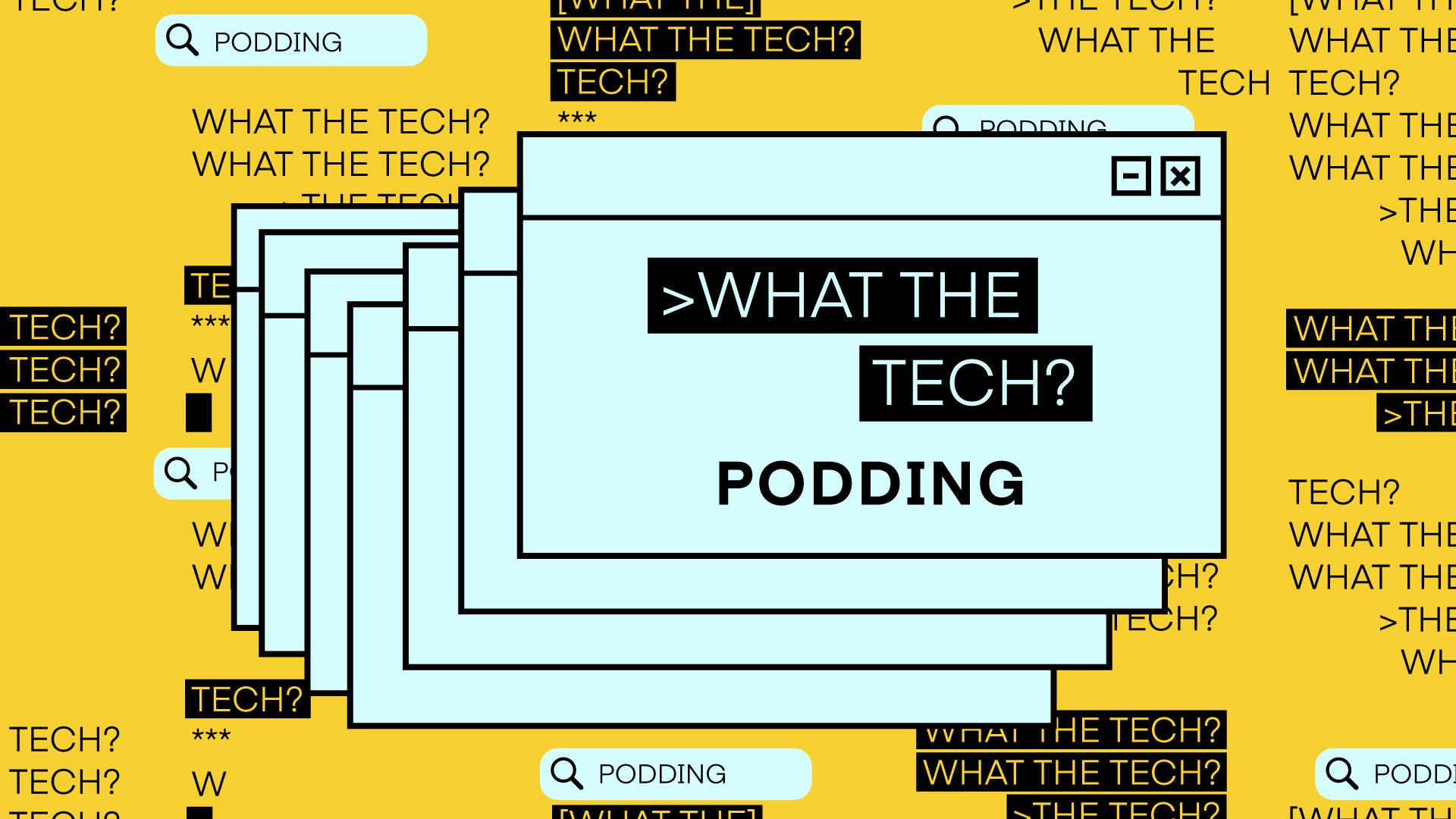What the Tech is podding?

When someone thinks of “pods,” they might think of their favorite podcast. Or they might even think of Netflix’s reality dating show Love Is Blind, in which contestants talk to dates in closed-off pods where they can’t see the other person.
But for those in advertising, they probably think of pods in an entirely different context.
Say a consumer is watching a show on a connected TV (CTV) platform, such as Peacock or Hulu, and there is an ad break before the show, during it, and after it. Each of those breaks plays four ads, so there would be 12 slots.
In the world of programmatic advertising, bidding for ad slots happens in real time, like a fast-moving auction. A CTV publisher typically sends separate bid requests for each of those slots as soon as the person hits play on the episode.
When a demand-side platform (DSP) receives those requests, it receives all of them separately. That means advertisers could, in theory, bid with multiple of the same ad. In other words, it’s like throwing darts with a blindfold on, hoping to hit the target.
But Peacock would never show the same ad back to back, nor should they. It would be a terrible user experience. This way of doing things can also be inconvenient for a DSP, the publisher, and the advertisers.
Instead of sending those requests separately, publishers can send them in — you guessed it — pods.
So, how does podding work?
Glad you asked. There are actually three ways to bid with podding.
The first is what’s called a “structured ad pod.” In this case, each ad slot would be the same length of 30 seconds — meaning four ad slots — over the span of two minutes.
Then, we have dynamic ad pods, which offer more flexibility and feature several slots within the two-minute break. The interesting element of dynamic ad pods is that all the ads within the pod do not have to be the same length. This means there could be more or fewer than four ads in this option, as long as it all still totals up to 120 seconds.
Then, we have the hybrid ad pod. And this is a combination of a structured and dynamic ad pod. Consider that you have two slots of the same length, maybe 15 seconds, which would equal 30 seconds. You’re left with 90 seconds of your 120-second ad pod, of which can be filled with ad slots of various lengths.
Interesting, but why is that beneficial to publishers?
Podding actually benefits all parties: the publisher, the advertiser, and the demand-side platform.
For publishers, it quite simply could mean more money. For instance, advertisers could be willing to pay more for the first or last slots in ad pods. The pod structures enable advertisers to know where their ad will play within a break and to bid accordingly.
Further, podding guarantees that ads won’t play side by side with a competitor, or that the same ad won’t be shown in the same stream. This helps advertisers get the most bang for their buck. Why would Pepsi want to be in the same ad break as Coca-Cola? Hint: They wouldn’t.
Without podding, the ad experience for users can be poor. A bad user experience can create disgruntled consumers, and disgruntled consumers are probably less likely to pay attention to your product.
And for DSPs, which facilitate the ad buying, podding makes strategic bidding easier, with less ad repetition.
So yes, these pods are far different from the ones seen in Love Is Blind. But publishers and advertisers are still likely to find a lot to love about podding as a best-case scenario for the ad-bidding process.
Subscribe to The Current
Subscribe to The Current